
Headless CMS scales and improves WPWhiteBoard’s content distribution, flexibility, and personalization
Swarup Gourkar
A headless CMS is a content management system that focuses solely on content storage and delivery, decoupling the backend from the front-end presentation layer. Unlike traditional CMSs, which tie content to a specific display format, a headless CMS uses APIs (RESTful or GraphQL) to deliver content to any platform—think websites, mobile apps, or even IoT devices.
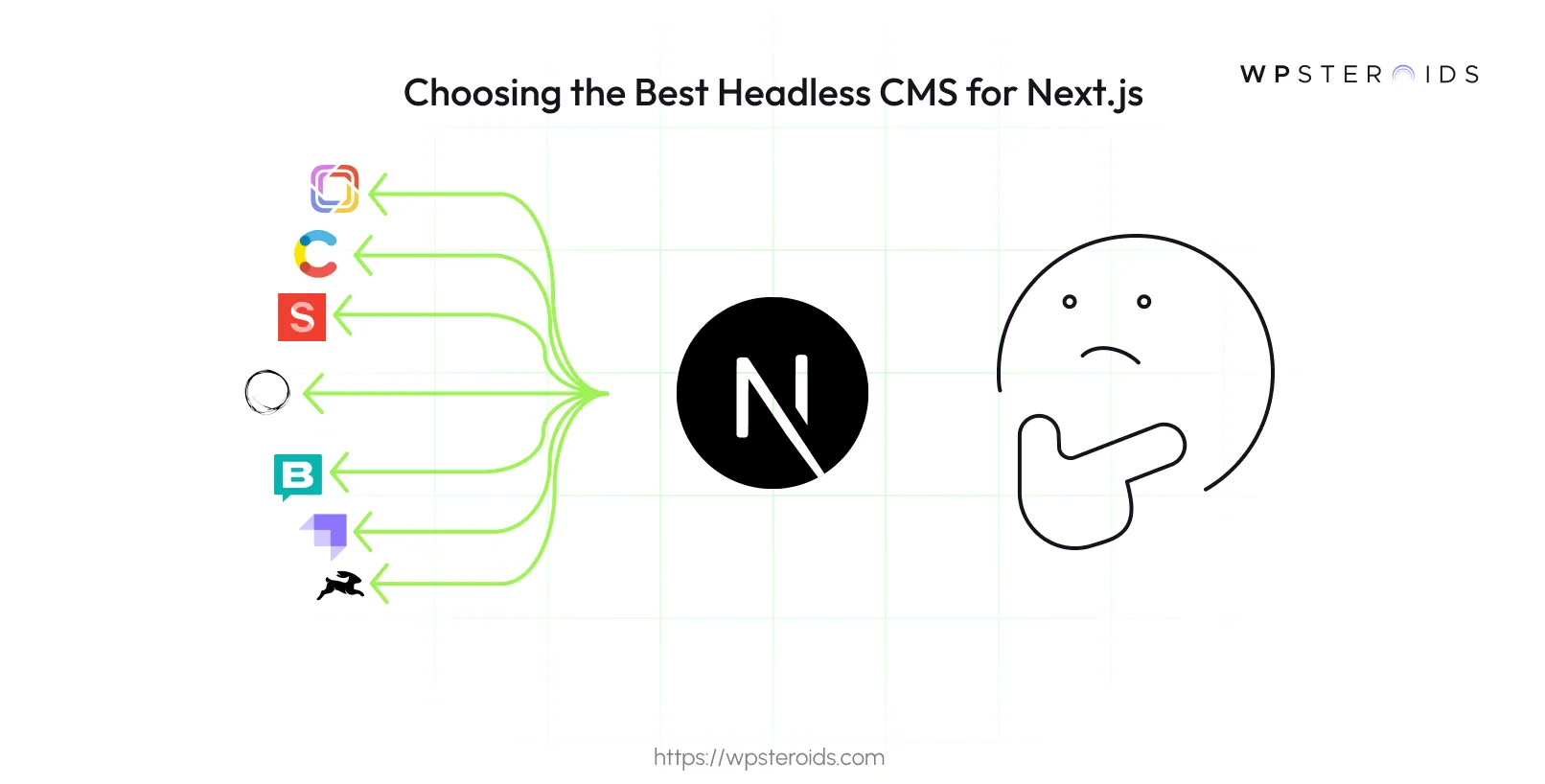
This decoupling is a game-changer for multi-channel publishing. Content can be created once and reused across different platforms without rework. Most headless CMSs are API-first, built from the ground up to integrate smoothly with modern development practices like microservices or serverless architectures. This makes them a natural fit for projects that need to adapt quickly to new technologies or delivery channels.
Next.js is a React-based framework designed to build fast, scalable, and SEO-optimized web applications. It’s packed with features that make it a favorite among developers:
These capabilities, combined with minimal setup, explain why Next.js is a go-to choice for modern web development. It’s versatile enough to handle everything from small blogs to large-scale enterprise applications.
Pairing a headless CMS with Next.js creates a powerful setup where Next.js handles the front-end rendering, and the CMS manages content through APIs. This combination delivers fast load times, scalability, and an easy-to-use content management experience for non-technical team members.
Several headless CMSs stand out for their compatibility with Next.js, each with strengths suited to different needs:
Choosing between them depends on your project’s specifics—size, team dynamics, and content complexity all play a role.
Pairing a headless CMS with Next.js is a powerful combination for modern web development. It brings together the best of content management and front-end performance, offering advantages that appeal to developers, content creators, and businesses alike. Let’s explore these benefits in detail, starting with the core strengths you’re already familiar with and then uncovering some additional perks that make this duo even more compelling.
A headless CMS doesn’t dictate how your content should look—it leaves that entirely up to you. This means developers can choose any front-end framework, like React, Vue, or Angular, without being constrained by the CMS’s built-in presentation layer. For Next.js projects, this flexibility is a perfect match. You can take full advantage of Next.js’s dynamic routing and rendering options, such as server-side rendering (SSR) or static site generation (SSG), to craft user interfaces that are both fast and tailored to your project’s specific needs.
This separation between the back-end (content) and front-end (presentation) also simplifies updates. If I want to redesign the site or experiment with a new framework years from now, the content stays untouched and accessible via APIs. It’s a setup that keeps your options open and reduces the hassle of future changes, making it ideal for projects that need to evolve over time.
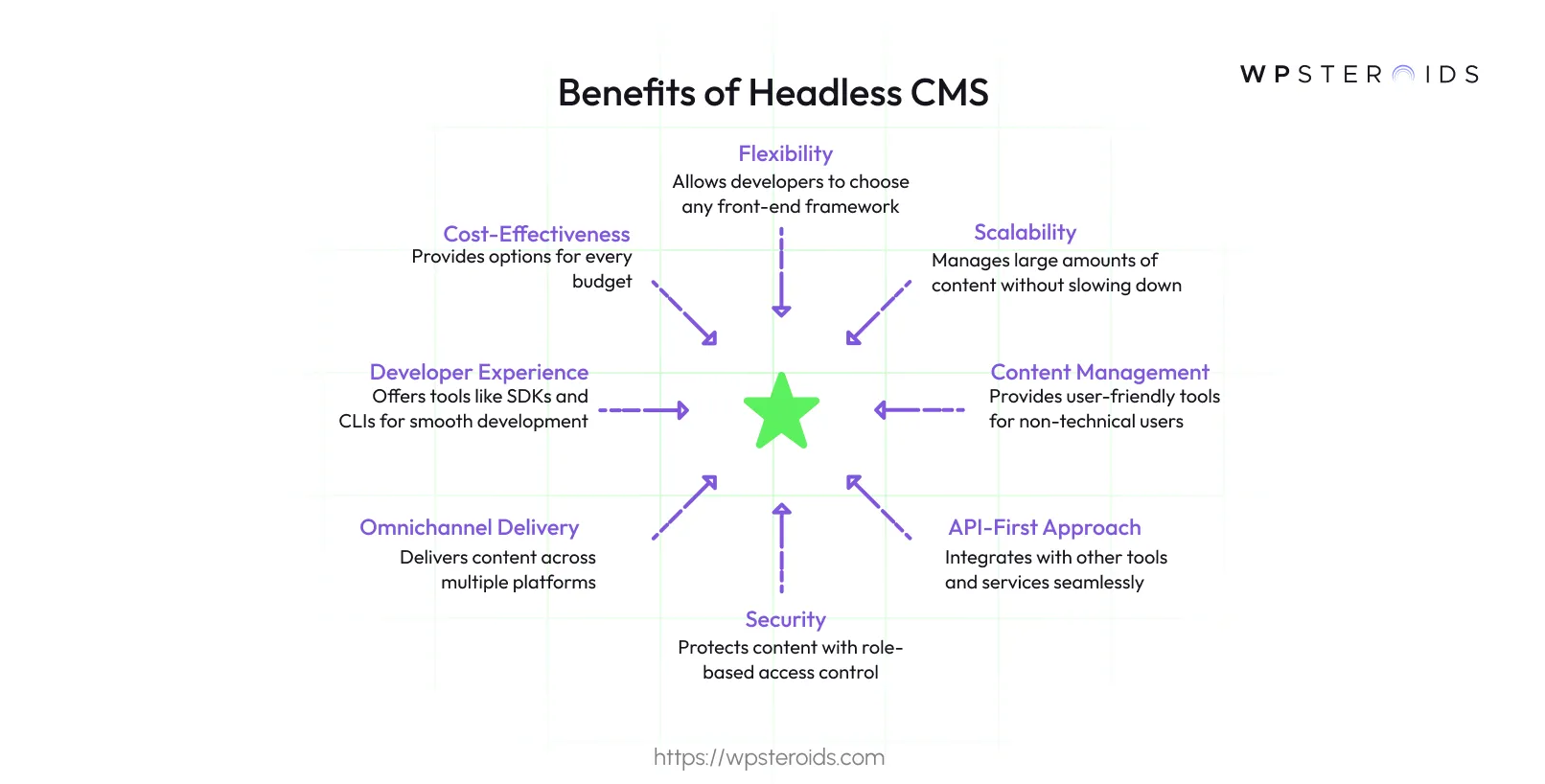
Headless CMS platforms are built to manage large amounts of content without slowing down. Many use content delivery networks (CDNs), Contentful's CDN being one of them, to distribute content globally, ensuring quick access for users no matter their location. Next.js enhances this further with its rendering capabilities. Static site generation (SSG) pre-builds pages into static files that load almost instantly, while server-side rendering (SSR) handles dynamic content efficiently.
For those who aren’t developers, managing content shouldn’t mean relying on technical skills. Headless CMS platforms address this with user-friendly tools like drag-and-drop editors, real-time previews, and collaboration features. These make it simple for non-technical team members, like marketers or editors, to create and update content, even for complex websites.
Take Sanity, for example. Its Studio interface supports real-time collaboration, letting multiple people work on content simultaneously—think of it as a shared workspace for your team. Storyblok, on the other hand, offers a visual editor where you can see changes as you make them, eliminating guesswork. These tools cut down on delays, empower content creators, and keep the workflow smooth, which is a huge win for any project.
At the heart of a headless CMS is its API-driven design. This focus on APIs makes it easy to connect with other tools and services, from analytics platforms to e-commerce systems. For Next.js, this aligns perfectly with data-fetching methods like `getStaticProps` and `getServerSideProps`, letting you pull in content efficiently and display it however you see fit.
This approach also sets you up for the long haul. As new technologies or business needs emerge, your CMS can integrate with them without a major overhaul. The APIs act as a bridge, ensuring your application stays adaptable and ready for whatever comes next, whether that’s adding a new feature or connecting to a cutting-edge service.
Protecting your content is non-negotiable, and headless CMSs often come equipped with strong security features. Role-based access control (RBAC) lets you decide who can edit or publish content, keeping sensitive data in the right hands. Features like content versioning, as seen in Contentful CMS, and audit trails track every change, making it easy to revert mistakes or meet compliance requirements, such as GDPR or CCPA.
The separation of the CMS and front-end adds another layer of safety. Hosting them on different servers means that if one is compromised, the other isn’t automatically at risk. This structure reduces vulnerabilities, offering peace of mind for projects handling important or regulated content.
Today’s users expect content everywhere—on websites, mobile apps, smartwatches, or even voice assistants. A headless CMS makes this possible by managing content in one place and delivering it across multiple channels via APIs. You write it once, and it’s ready to go wherever your audience is.
For instance, the same CMS powering your Next.js site could feed content to a mobile app or an IoT device. This consistency saves time and ensures your brand stays cohesive across platforms, which is increasingly critical in a multi-device world.
Budget matters, and headless CMSs offer options for every scale. While some have paid tiers, many provide free plans or are open-source, like Strapi or Payload CMS, delivering robust functionality without the cost of traditional CMSs.
For smaller projects or startups, this can be a game-changer. Even with paid plans, the efficiency gains—less time spent on development or content updates—often outweigh the expense. It’s a practical choice that balances capability with cost.
These CMSs stand out for their robust features, ease of integration with Next.js, and ability to handle various project needs.
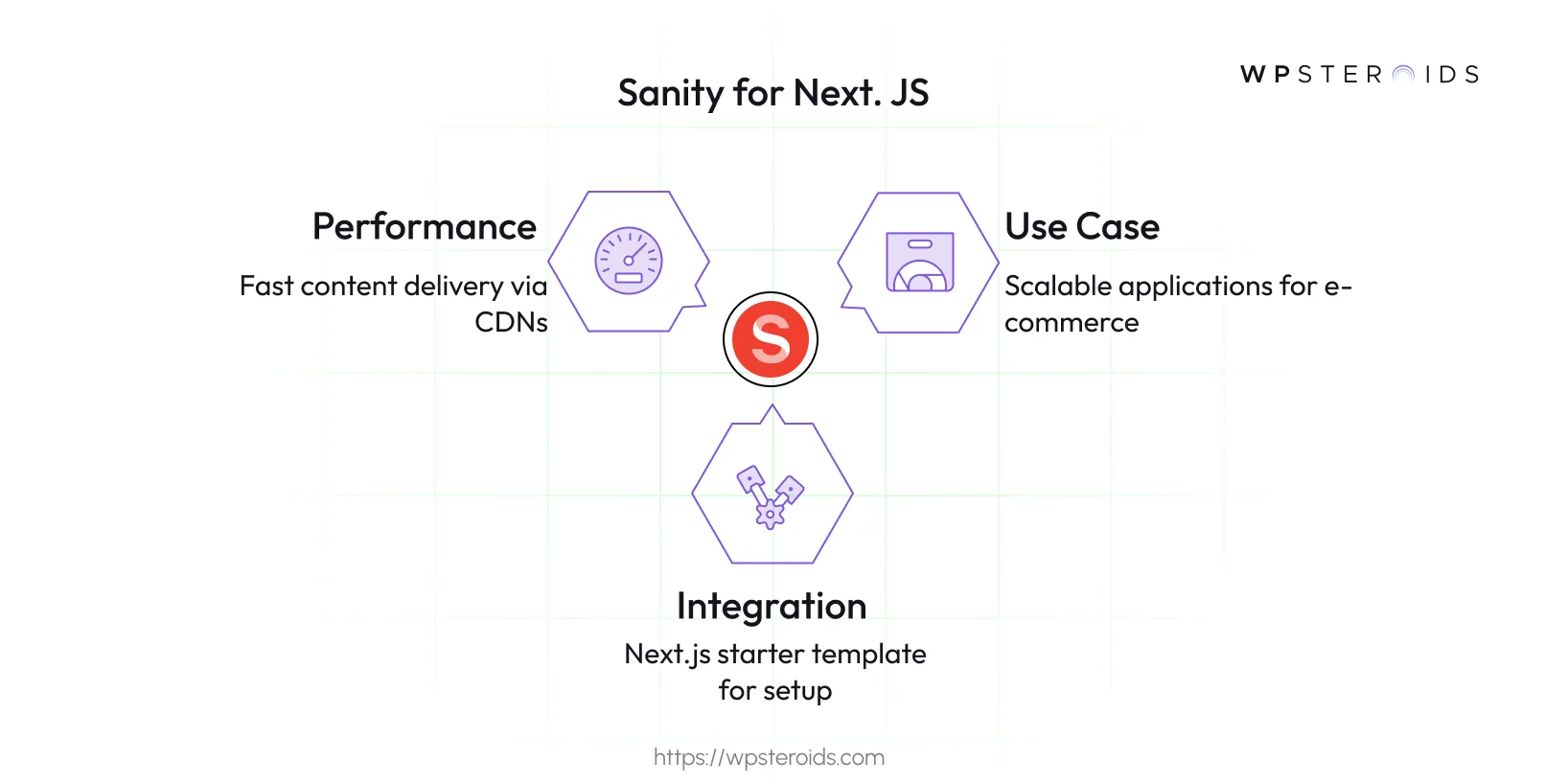
Storyblok shines with its visual editor and block-based content system, making it a favorite for non-technical users. The live preview feature lets you see changes instantly, simplifying content management. It’s particularly strong for projects where design and usability matter, like marketing sites or portfolios. In 2025, Storyblok updated its visual editor with new templates and components, further easing the workload for content creators.
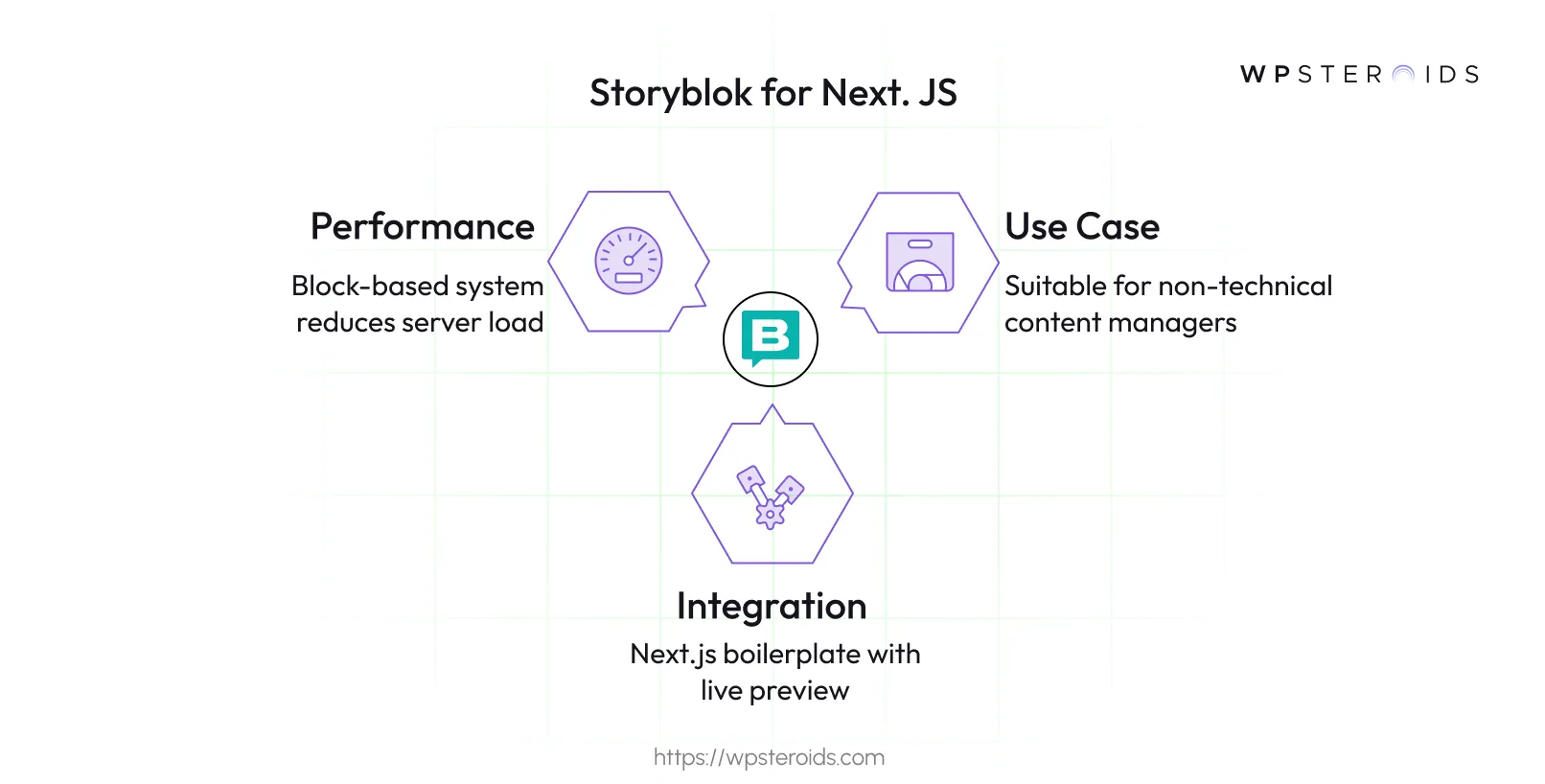
Contentful offers flexible content modeling and real-time updates, making it adaptable for businesses of all sizes. Its API-first approach ensures fast content delivery, and webhooks keep everything in sync. This CMS excels in scenarios requiring rapid updates, like news sites or product catalogs. As of June 2025, Contentful has expanded its API capabilities, boosting delivery speeds and integration options.
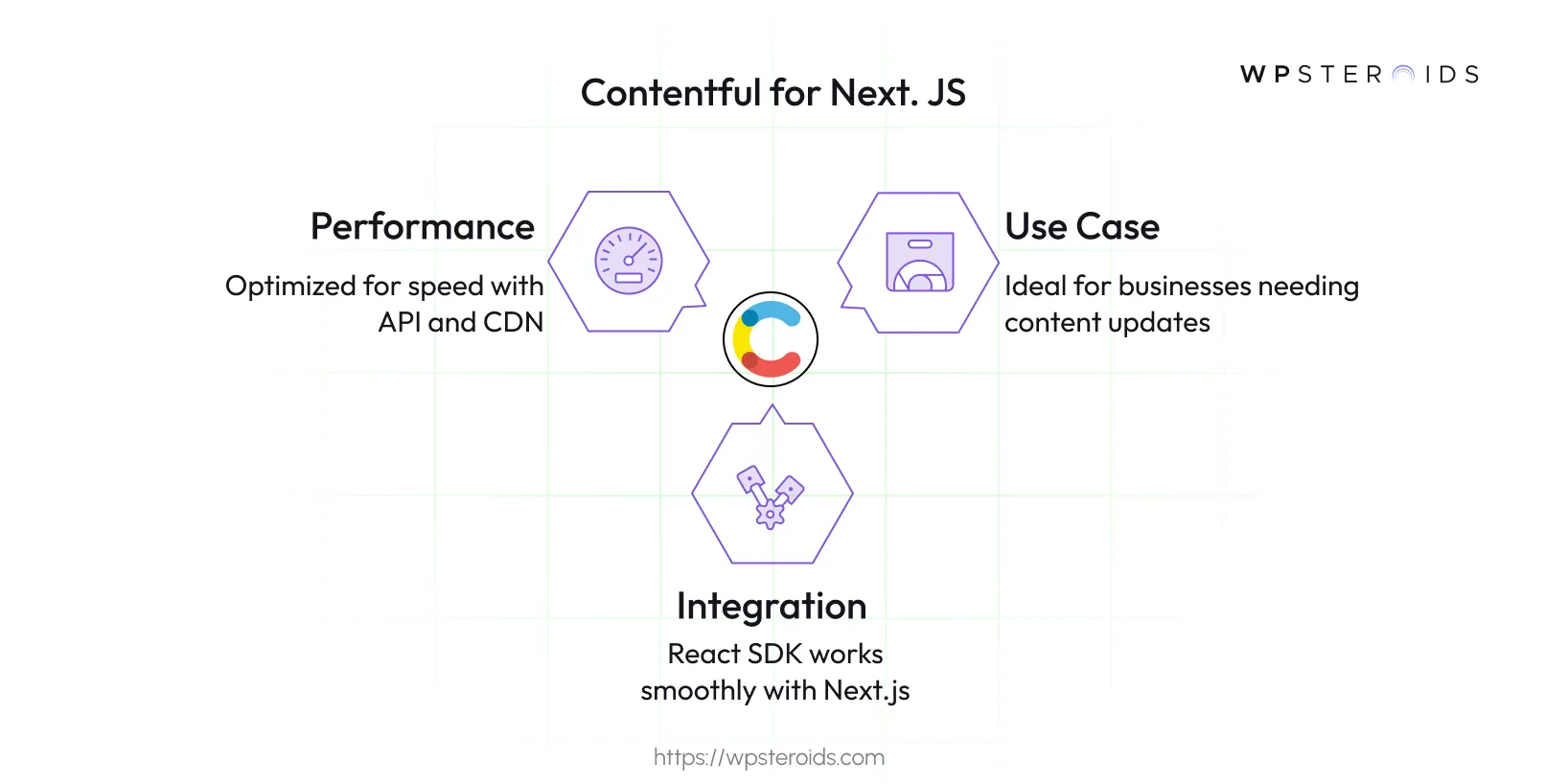
Prismic is known for its slice-based content modeling, which lets developers build dynamic layouts with ease. It supports both RESTful and GraphQL APIs, offering flexibility for different project needs. This CMS is a go-to for custom websites with unique designs. In 2025, Prismic has enhanced its slice-based modeling, allowing for even more customization.
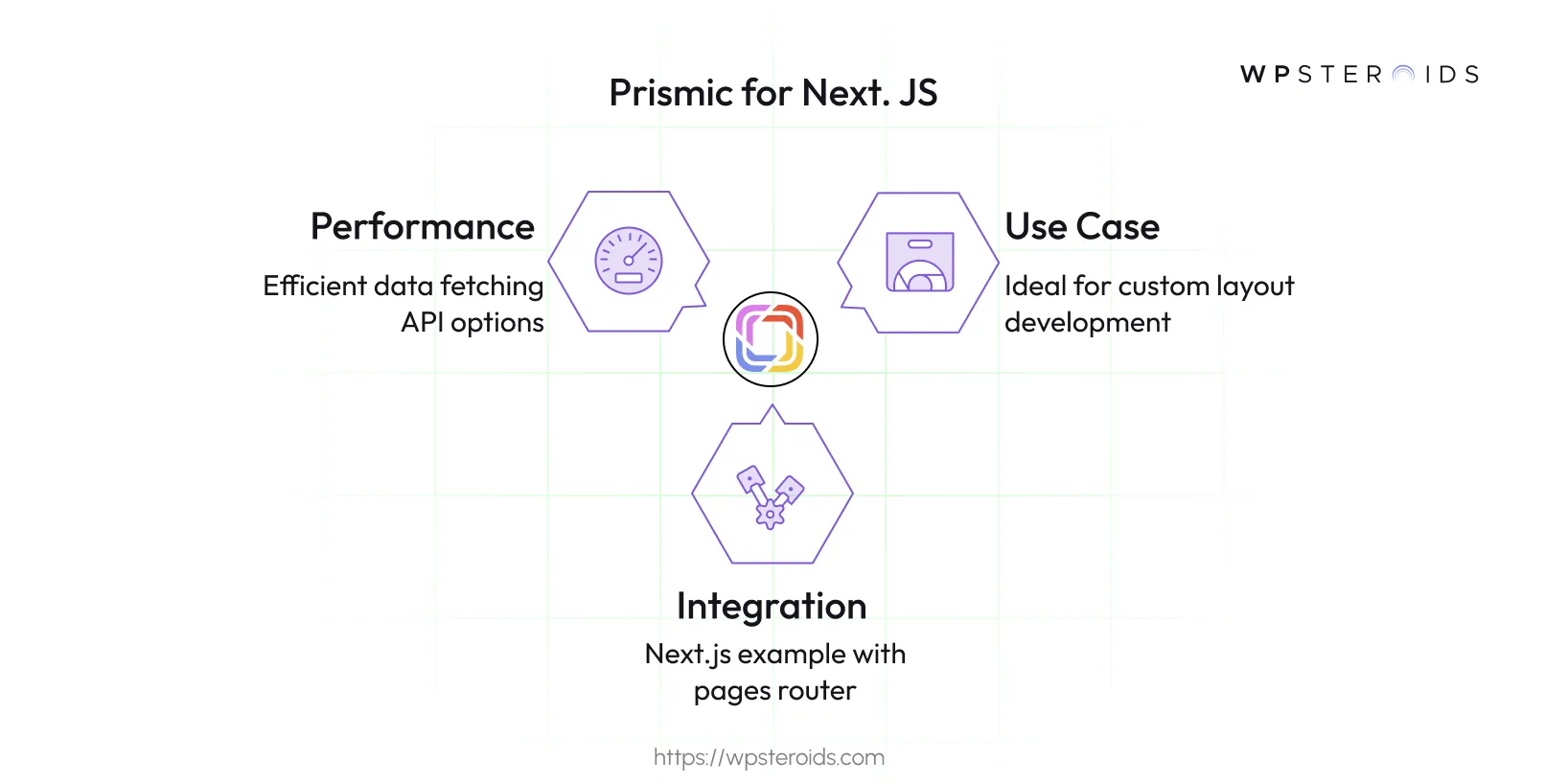
Open-source CMSs provide cost-effective, customizable alternatives. These options are perfect for developers who value control and community support.
Strapi leads the open-source pack with customizable APIs, role-based permissions, and multilingual support. It’s a developer’s dream for projects needing tailored solutions without breaking the bank. Its community-driven updates keep it relevant in 2025.
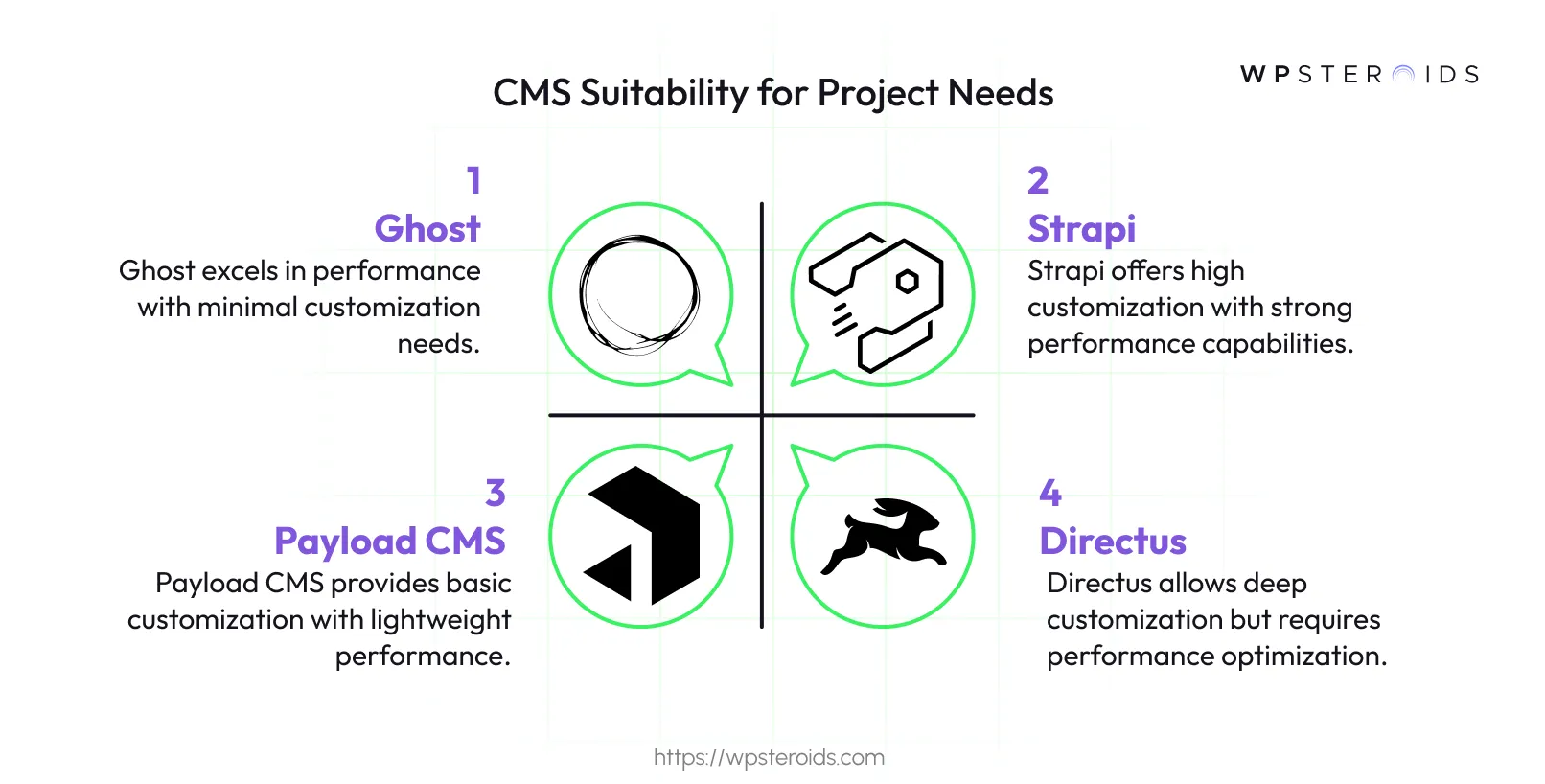
Selecting the right headless CMS for a Next.js project involves weighing multiple factors, as each option offers unique strengths. The original comparison covered ease of integration, flexibility, performance, cost, and basic use cases, but there’s room to go further. This expanded section includes additional criteria like scalability and security, explores performance in greater depth, and provides specific examples to guide your decision. It’s designed to help you understand not just what each CMS offers, but how it performs in real-world scenarios.
The original table was a strong starting point, but I’ve added Scalability and Security as columns to address critical needs for growing or sensitive projects. Below is an explanation of each criterion:
Headless CMS
| Ease of Integration | Flexibility | Performance | Scalability | Cost |
|---|---|---|---|---|---|
| Sanity | High (real-time APIs, Next.js starters) | High (structured content, custom workflows) | High (CDN, optimized queries) | High (enterprise-ready) | Free tier, Paid plans |
| Storyblok | High (visual editor, Next.js boilerplate) | High (block-based, reusable components) | High (efficient delivery) | Medium (suitable for mid-sized projects) | Paid (Growth: €99/mon-th) |
| Strapi | High (open-source, flexible APIs) | High (custom plugins, self-hosted) | Medium (depends on hosting) | High (self-hosted flexibility) | Free (Commun-ity) |
| Contentful | High (REST/GraphQL, React SDK) | High (flexible modeling) | High (API-first, CDN) | High (enterprise-grade) | Paid (Basic: $300/mo-nth) |
| Prismic | High (slices, Next.js examples) | High (slice-based modeling) | Medium (API efficiency) | Medium (good for custom sites) | Free tier, Paid plans |
This table provides a quick overview, but let’s explore these CMSs further by diving into performance, scalability, security, and more detailed use cases.
Performance and scalability are vital for projects that expect growth or need to handle significant traffic. Here’s how these CMSs perform:
Scalability isn’t just about handling more users—it’s about maintaining speed and reliability as demands increase.
Security is a key concern, especially for projects with sensitive data or regulatory requirements. Here’s a breakdown:
The original use cases were a good start, but let’s expand them with specific examples to clarify which CMS suits different scenarios:
These examples highlight how each CMS aligns with specific project goals, from simplicity to enterprise complexity.
Switching to a headless CMS for a Next.js project can seem overwhelming, especially when moving from a traditional CMS like WordPress. However, the benefits—flexibility, scalability, and efficient content management—make it a worthwhile endeavor. This section explores the key challenges, best practices, and reasons to make the switch, providing practical guidance based on current resources.
A systematic approach ensures content moves successfully to the new system.
Integrating the CMS with Next.js efficiently leverages the framework’s capabilities.
Equipping the team with the right resources ensures a seamless transition.
Headless CMS platforms like Sanity, Storyblok, Strapi, and Contentful enhance Next.js projects by offering flexibility, scalability, and efficient content management. Each serves distinct needs:
Assess your project’s requirements, explore free tiers, and test starter templates to find the right match.
